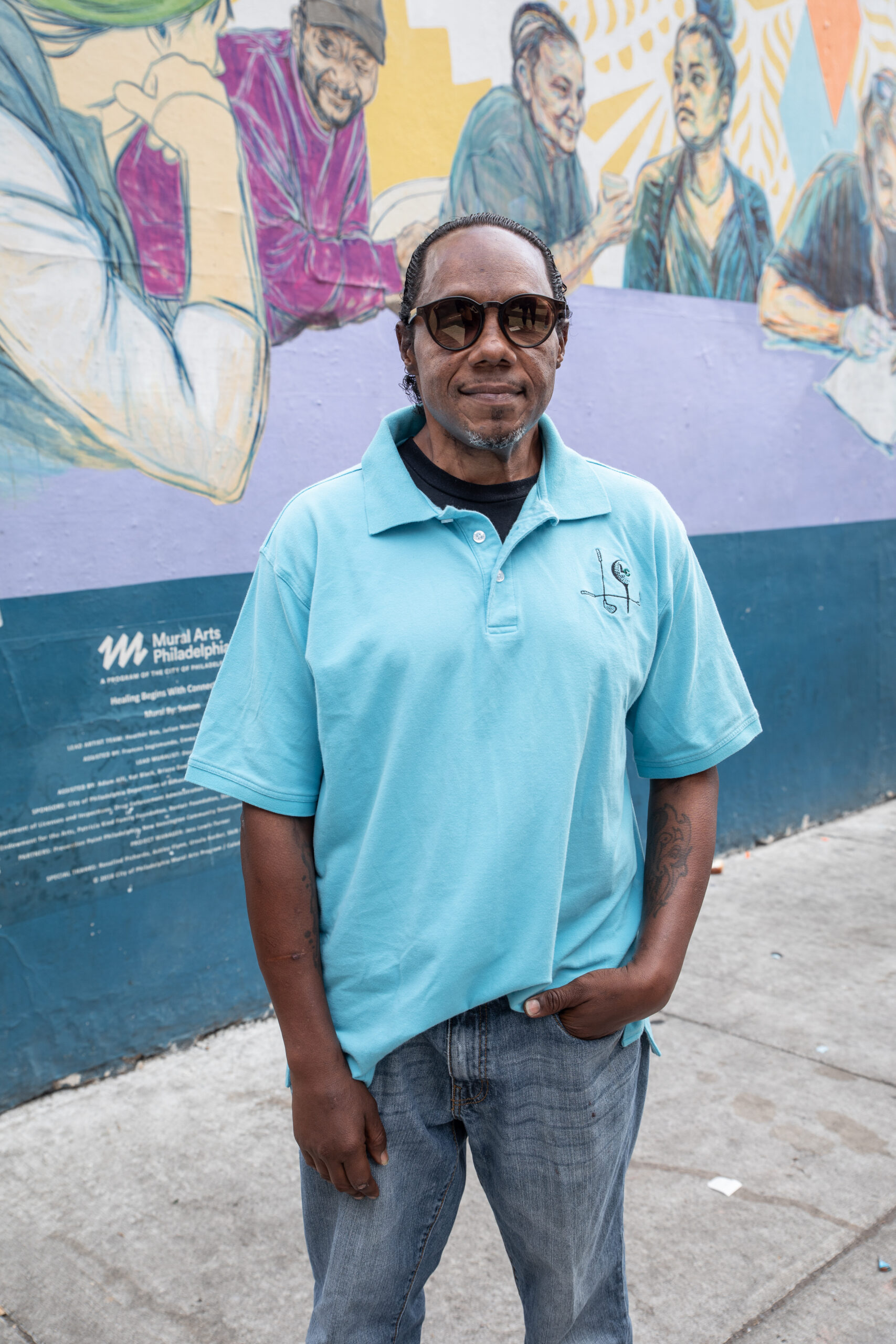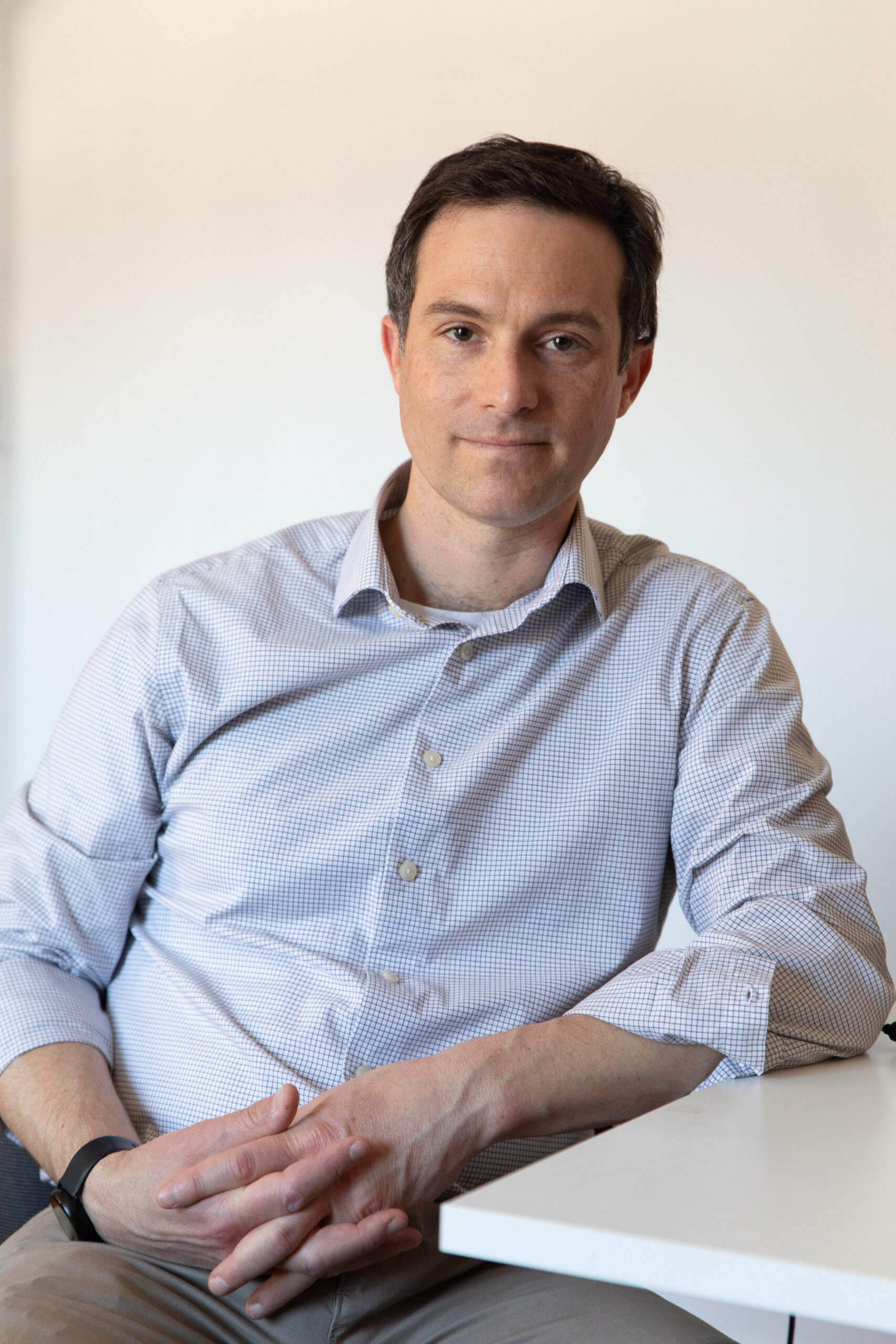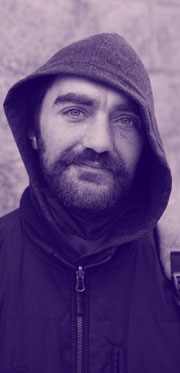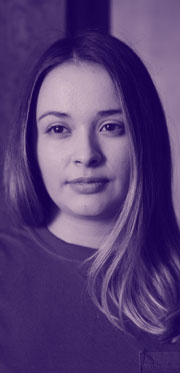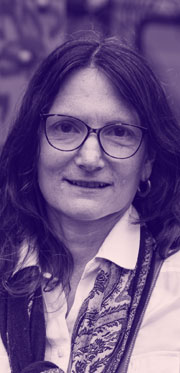One thing we’re trying to launch as part of our overdose education is a workforce development program, so not waiting for people to come to our training at a library at 7:00 pm on a Thursday night when they have other responsibilities but bringing it to their place of work. So going to liquor stores and other businesses that may overlook their connection to the crisis.
We’re also targeting our training to high-risk occupations like factories and delivery services. They’re often working all night long, trying to keep up with the demand and it’s physical work so they’re prone to injuries. They might be using stimulants to keep themselves active, and they need to be aware of the risk of overdose and the impact it’s having on various demographics.
A lot of people think substance use has nothing to do with them and that’s why we like to tailor our messaging based on our audience. If I’m out in the community saying, ‘Come to my Narcan training,’ most people don’t talk to me. But if I say, ‘Do you have any medications in your home you need to dispose of? It’s important to safely store medications and dispose of them properly.’ Or if I ask, ‘Did you know the medications in your home can be dangerous and accidental poisoning is a common thing?’ Everyone has medication in their home so easing into the conversation and making it relatable is key.
One thing we’re working on is a post-overdose response program. We see about 20 or 30 overdoses a week, but some people are too scared to call 911 and others are equipped with Narcan and have the capacity to respond themselves, so those overdoses may go unreported. So we’re trying to make sure that if we have the information, we’re following up with those people. It’s all about building those relationships and that trust.
It’s such a critical window after someone survives an overdose that we’re going in with a harm reduction approach. If you’re not interested in treatment, we’re going to give you some Narcan and make sure that you’re aware of what’s circulating through the area, how to respond to an overdose, and how to prevent one. But if you are ready for treatment, we have so many partners in the community that can help you and they all bring something different to the table.
So we can pick up the phone and say, ‘Hey, I have someone ready, can you start them on buprenorphine and explain the induction process?’ I think we’re doing a great job at establishing those relationships to make sure that we don’t miss an opportunity to engage with someone and potentially prevent a fatal overdose down the line.
I think people hear about Narcan and the opioid crisis and they think of heroin, but it’s so much more than that right now. We’re finding fentanyl being pressed into Xanax pills and mixed into cocaine and other stimulants. An approach that I’ve taken with a lot of parents is emphasizing how there’s a lot of pressure being a teen. You want to be successful, you’re going to do what you have to do to keep up. So if kids hear that someone is selling Adderall, they may think, ‘I could get that, that’ll help me get through this.’ It’s just that desirable effect without understanding that it could be dangerous and you actually have no idea what you’re consuming. You have to have these conversations with your kids.
Our campaign is ‘Connect Without Stigma,’ so Connecticut without stigma—really trying to address the ongoing stigma surrounding not only substance use but also mental health. In addition to messaging to share data, we created a website, connectgnh.org, to connect people to harm reduction and treatment resources in the Greater New Haven area.
I think there’s a lot of media attention on this person died of a drug overdose, but how did they get there? What happened to them? We need to understand more about what led up to that overdose and talk about success stories so people have a new way to look at addiction and see that recovery is possible. That narrative about different pathways to recovery still isn’t widely shared.
